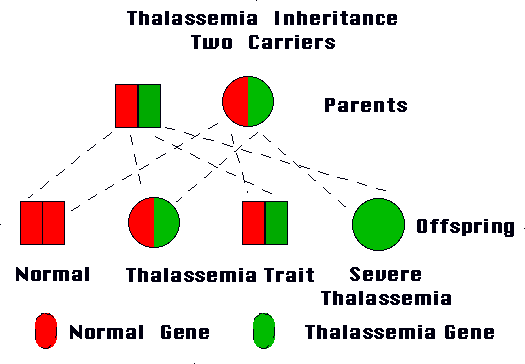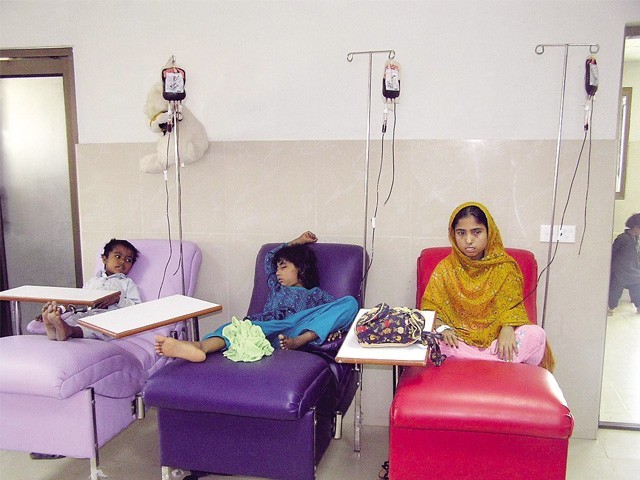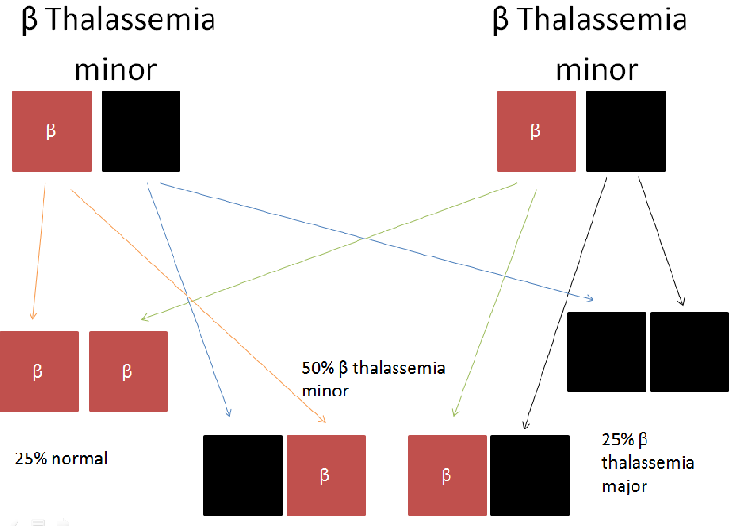Difference Between Thalassemia Minor and Thalassemia Major

Thalassemia is a genetic autosomal recessive blood disorder, that has its origins in the Mediterranean region. This disease derives its name from the Greek word Thalassa , meaning sea, and haema meaning blood, combining to form the phrase “sea of blood” – this term was first used for the disease in the early 1930s.
Thalassemia is caused by variant or missing genes that are responsible for making haemoglobin in the blood stream. Haemoglobin is a protein in the red blood cells and is responsible for carrying oxygen to the cells. In this disease, the red blood cells become weak, and the destruction of RBCs leads to severe anemia. Patients suffering from this disease need to be transfused with fresh packed red blood cells on a regular basis.
This condition can lead to significant complications including iron overload, enlarged spleen, pneumonia, bone deformities and heart problems. However, this genetic blood disorder helps protect the sufferer against malaria.
Thalassemia is further classified into two categories; thalassemia major and thalassemia minor. Thalassemia minor is a term used for a person who is a carrier of the mutated haemoglobin gene, but is not suffering from this particular blood disorder. Thalassemia major, on the other hand, is a term used for an individual who is actually suffering from this condition. The former is a state of potential passage of the disease (meaning that the next generation of the individual with thalassemia minor will suffer from this disease for sure), while the latter is the actual state of the disease.
A thalassemia minor is a healthy person, with a haemoglobin level that is slightly lower than normal, whereas a thalassemia major needs regular blood transfusions for his survival, throughout his entire life. The former is caused by the mutation of only one gene, whereas the latter is caused by the mutation of both disease-causing haemoglobin genes.
The occurrence of thalassemia major is quite threatening, and it should be prevented from being passed on to the children yet to be born by having proper tests done. The occurrence of thalassemia minor, on the other hand, is not that dangerous.
Instructions
-
1
Thalassemia Major
Thalassemia major is a hereditary disease which affects the formation of haemoglobin in red blood cells. Individuals suffering from this disease are dependent on regular blood transfusions for their survival. There are two genes on human chromosome that are responsible for making haemoglobin in the body, and even if one of them is muted, the other keeps on synthesizing haemoglobin. However, in thalassemia major, both genes are muted; hence, the body lacks the ability to synthesize haemoglobin, and the person remains dependent on transfused red blood cells. Since the life of RBCs is very short, the thalassemia major patient needs to be transfused with fresh blood regularly, to maintain the required level of haemoglobin.
Image courtesy: pakmed.net
-
2
Thalassemia Minor
Thalassemia minor is a condition where one of two genes is muted while the other is perfectly healthy and capable of making a sufficient amount of haemoglobin. People suffering from thalassemia minor are also called “carriers”, since they are carrying thalassemia traits. If both the father and the mother in a particular case are thalassemia minors, they have a 25 percent chance of having a thalassemia major child, and a 50 percent chance of having a thalassemia minor baby.
Image courtesy: globalconversation.org







